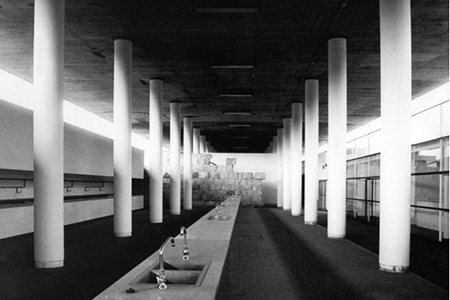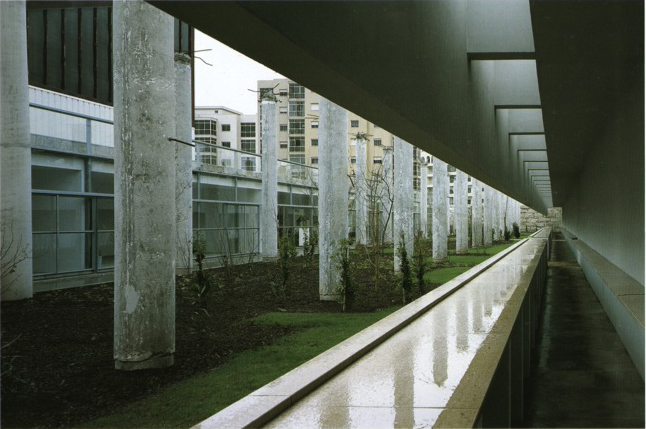di Felipe Barrera Castellani
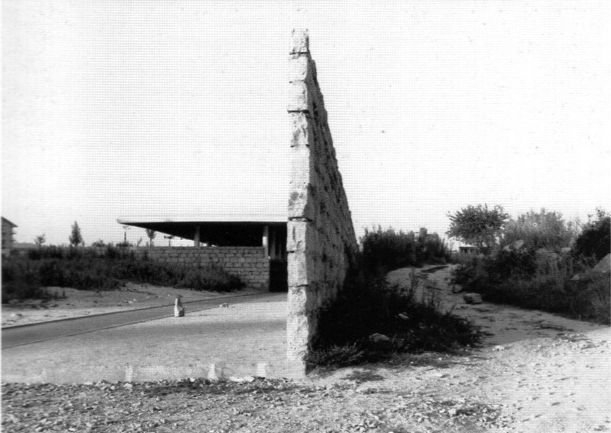
According to Christian Norberg-Schulz[1] the human settlement is composed of places and paths, recalling the Albertian metaphor of the city as a large house and the house consequently as a small city. Norberg-Schulz sustains that single units are preponderantly place driven while cities are mainly path dominated.
But how do these places and paths develop? What makes a path stabilize and sometimes mutated into a place or something in between?
In Sergio Crotti’s article “Strade, frontiere interne della trasformazione urbana”[2] the process of formation, deformation, and transformation of the original essence traces in two different configurations: from roads, to streets to routes, (“streets” from via strata and “roads” from via rupta) or in other words into increasingly artificialized and stabilized paths, which achieve such stabilization through their underlying relational character, by both increasing exchange of goods and ideas and becoming a mental instrument capable of colonizing and organizing space. According to Crotti this process ends with routes, where the significance is lost and the street is reduced to a mere connection.
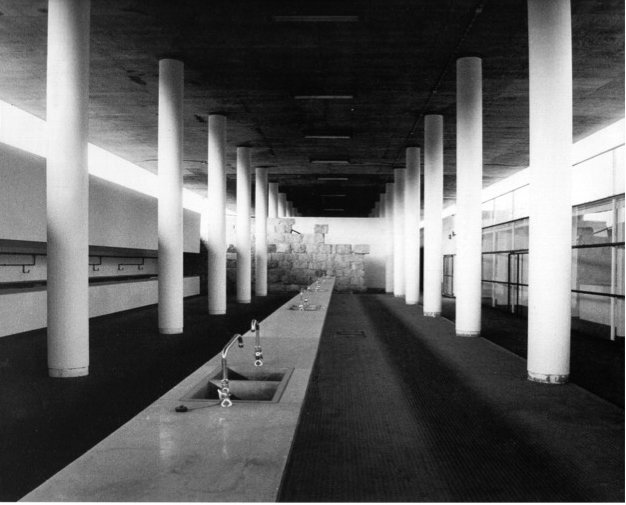
Commutation, exchange, trade, but not restraint to its economic aspect as Max Weber explicitly defines the city[3], where, between the lines, Weber leaves some room for the market to be an exchange of ideas and flows as well. The market is both a physical space and abstract moment, a place co-mutation[4] both giving and receiving change, essentially, public space.
Of interest is Braga’s public market by Eduardo Souto de Moura. Even though it may not necessarily be thought of as a successful operation of public space due to the adverse contextual conditions, it may be seen as a stable manufact that has outlived its original purpose and passed from a public space form erchandise trade into a public space for cultural exchange. It seems to obey the process demonstrated by Crotti, following the different phases of formation, deformation and transformation, and it has been a place for both cultural and economic exchange.
The market was structured by two rows of 16 columns that composed a sort of open sheltered space. A covered street where the main trading activities would be hosted and an elevated public path connected two fragments of urban tissue at a local scale. Paths that transform into walls may also be interpreted as a stabilization of the path itself, from an ephimerus and transitory action to a physical irremovable presence and settlement configuration.
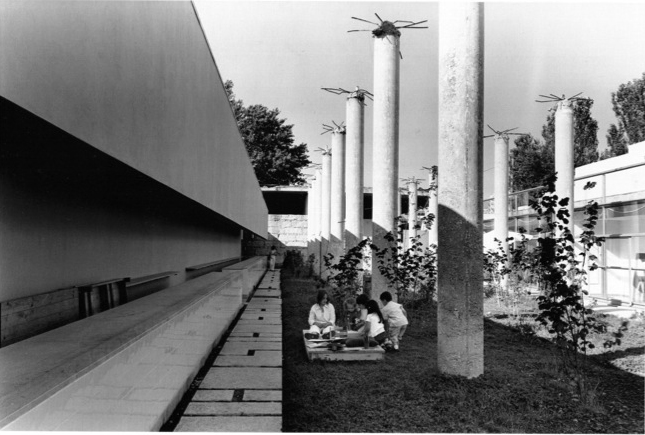
In fact, these main axes reverberate on a series of parallel walls that compose the market’s spaces. Souto de Moura explicitly refers to Rossi’s “L’Architettura della Città” because the artefact is a typologically recognizable fragment of the city. Mutation of context suffocated trading activities and led to the dismantlement of the market’s original functions, in 1996 constraining the architect to its reformulation as a cultural center. A transformation that seems even more in tune with the underlying theorical basis of the project.
The co-mutation between architectural object and context redefined the whole spatial sequence, transforming part of the once sheltered street, like the ruins of a Greek stoa, into an atrium, leaving the un-bearing freestanding columns in an open space where vegetation may grow and inverting the original interior into an artificial exterior. Unexpectedly picturesque, in such a theoretically sophisticated project, the columns’ steel armor were left to resemble something like a Corinthian capital, and part of the facilities once used in the market, such as the lavatories and old food stands, were left as a memory of its past function, while the rest of the building would be strongly redesigned transforming it into a dance school.
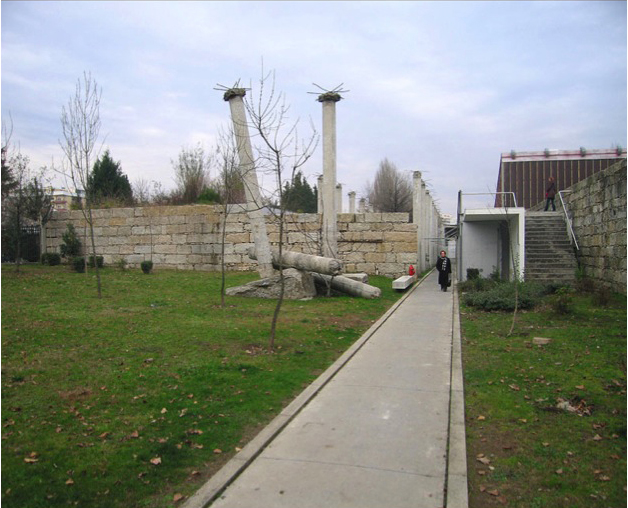
A corridor distributes the internal spaces of the school, composed of two patios, an office and two gyms for the dance school. There are also spaces designed for temporary activities under shelter that maintains the original pedestrian walkway function.
“Quando vent’anni fa progettai il mercato, l’idea era di creare una strada coperta, un frammento di città in grado di istituire una maglia urbana. La maglia si è realizzata, anche troppo, e il mercato, oggi, si trova soffocato da scuole, da discoteche e da una irrefrenabile speculazione immobiliare. Nel corso degli anni,visitando diverse volte la rovina, ho constatato che il mercato veniva usato come ponte, una strada di attraversamento necessaria per collegare due assi della città.
Nel progetto di trasformazione propongo di eliminare la copertura, disegno un giardino e una strada, organizzo un programma “culturale” nel poco spazio coperto che è rimasto. Oggi è morto Aldo Rossi. Non posso non fare cenno al suo testo sulla Architettura della città (A. Rossi, L’architettura della città, Padova 1966), alla base di questo progetto; all’inversione d’uso e di scala del palazzo di Diocleziano a Spalato. (1980-84/1996)”.[5]
[1] C. Norberg-Schulz, Existance, Space, Architecture, Praeger, N.Y. 1971
[2] S. Crotti, “Strade, frontiere interne della trasformazione urbana”, in Urbanistica n. 83, 1986
[3] M. Weber, La Città, Bompiani, Milano, 1950
[4] The word “commutation” is intended in its etymological sense, from the word “comutatio” hence not merely an exchange of infrastructural fluxes, but as the inter-modification of object and context, of exchange in the broader sense.
[5] A. Esposito, G. Leoni, Eduardo Souto de Moura, Electa, Milano 2003
16 april 2014
